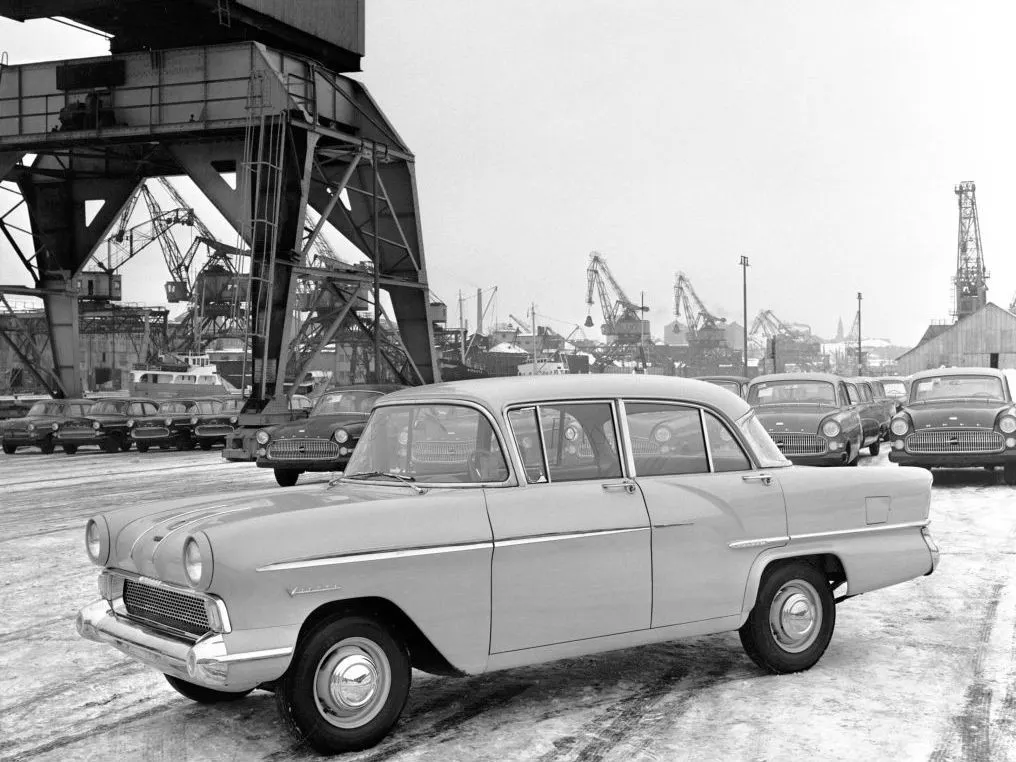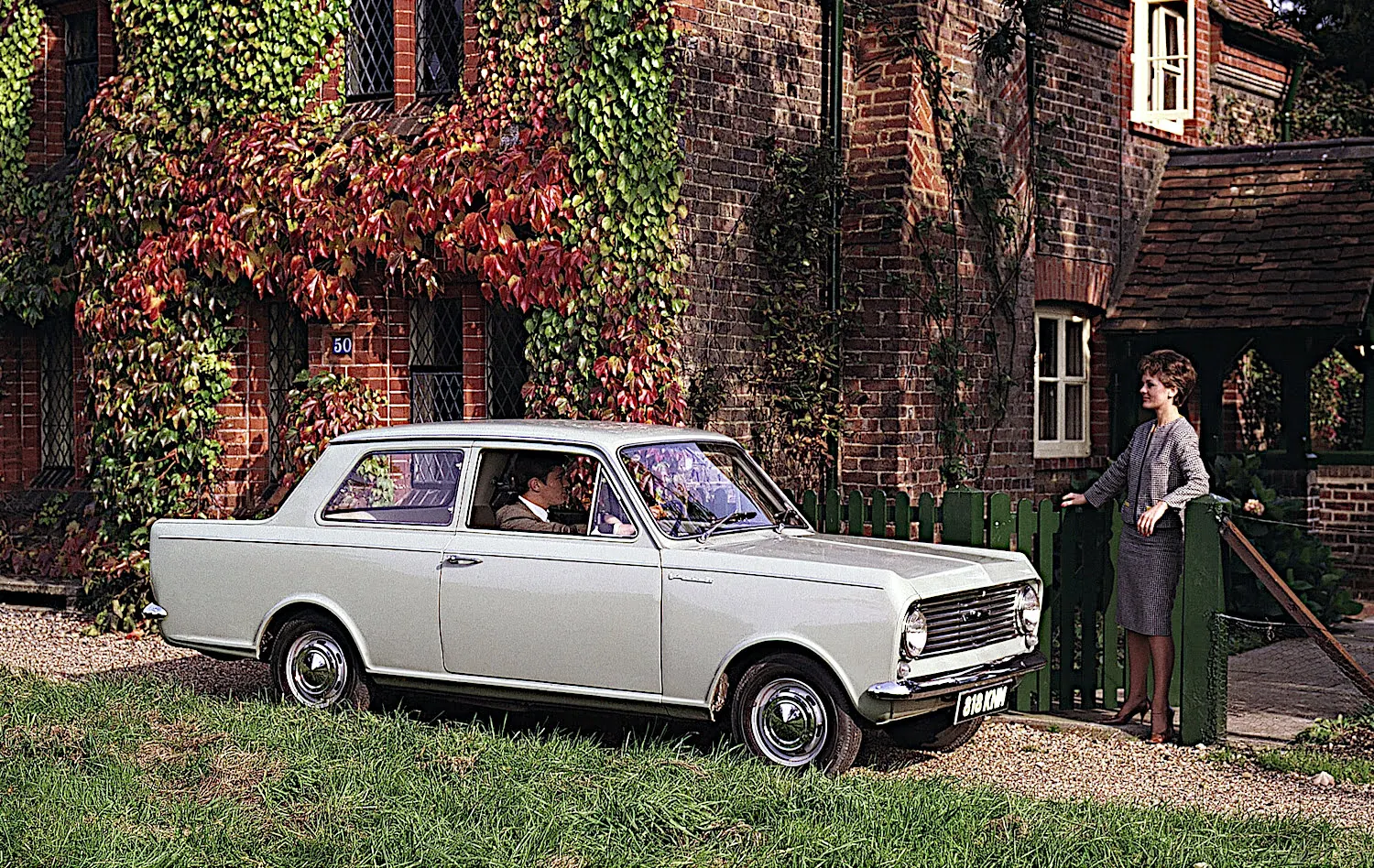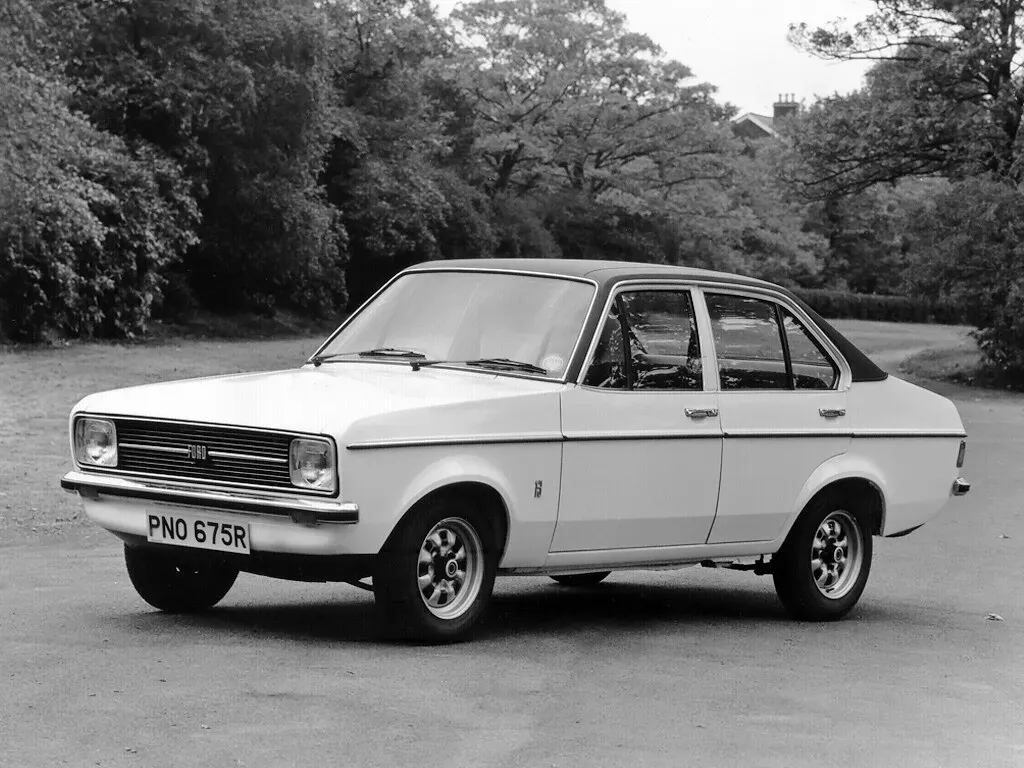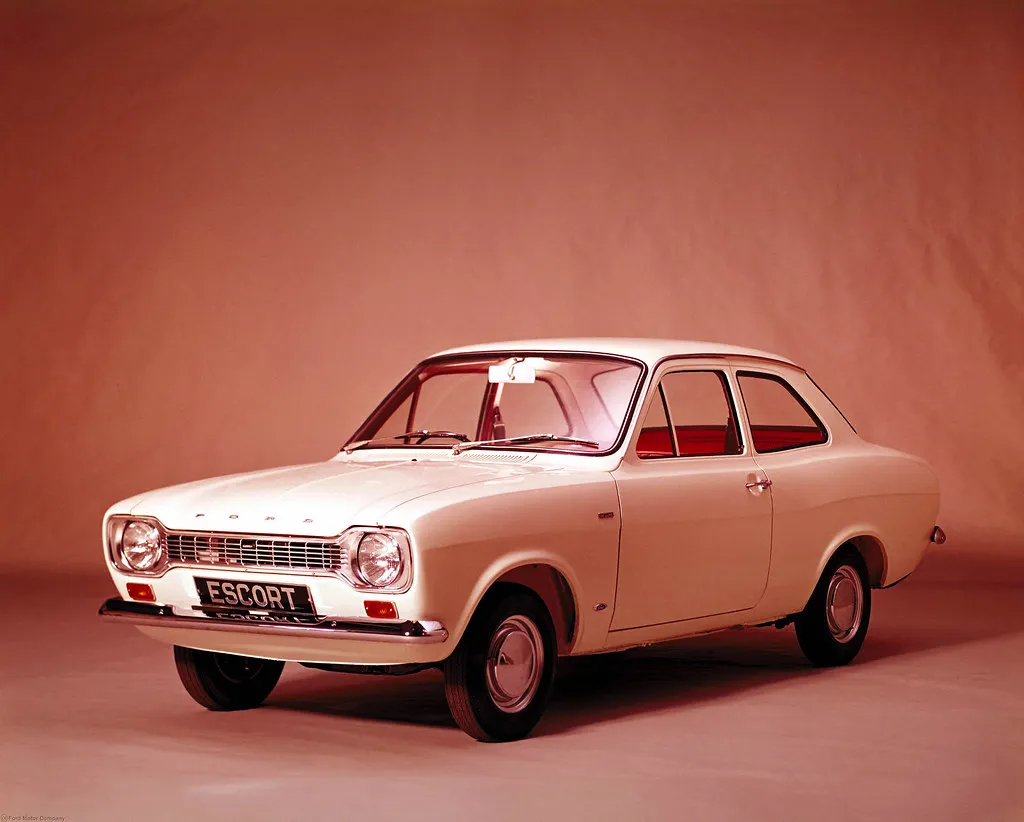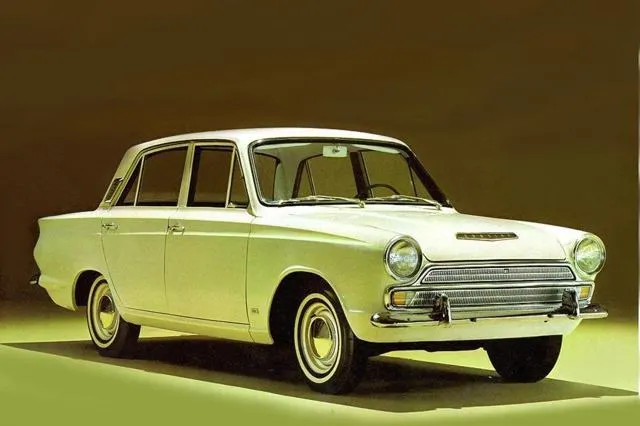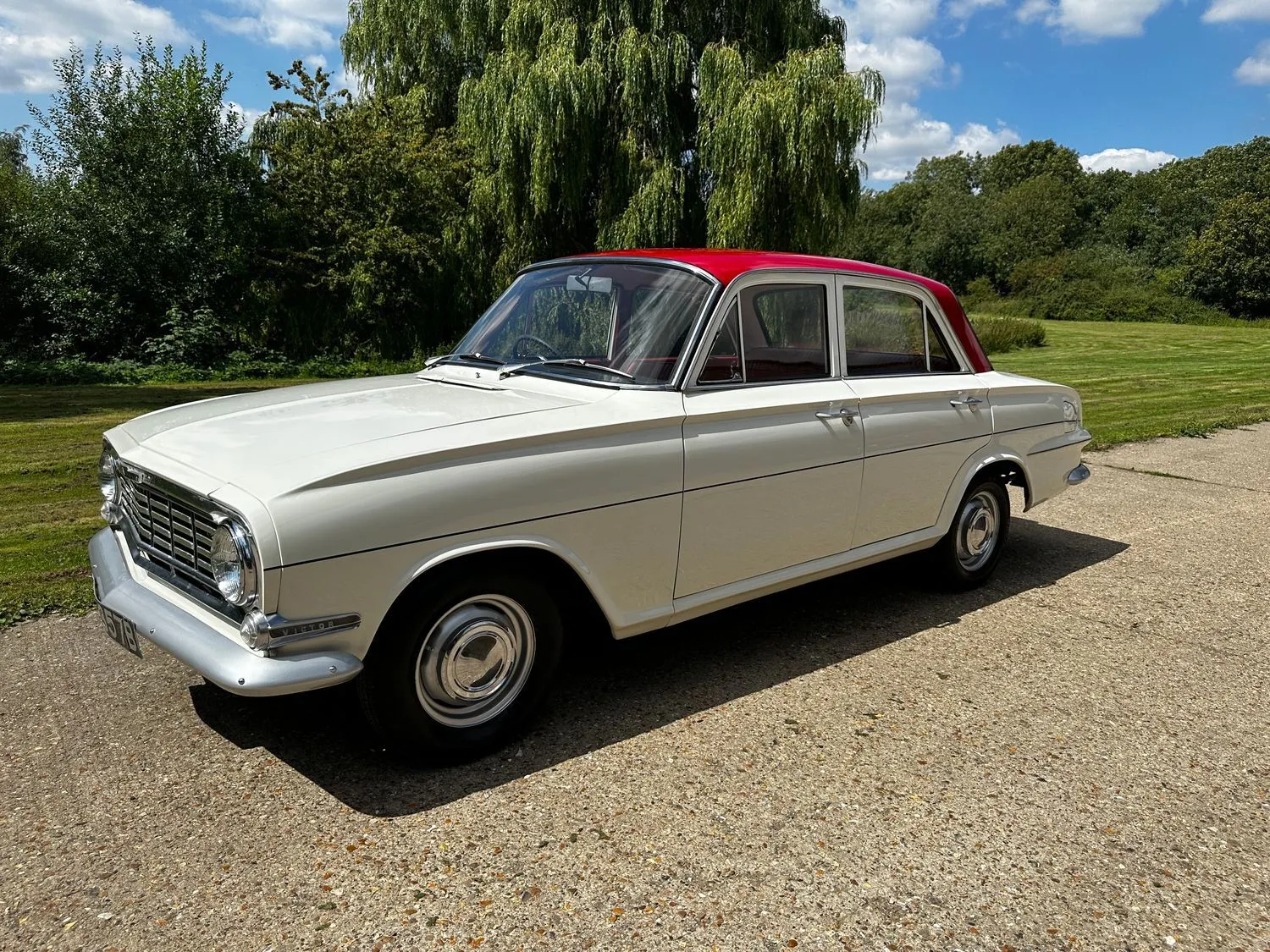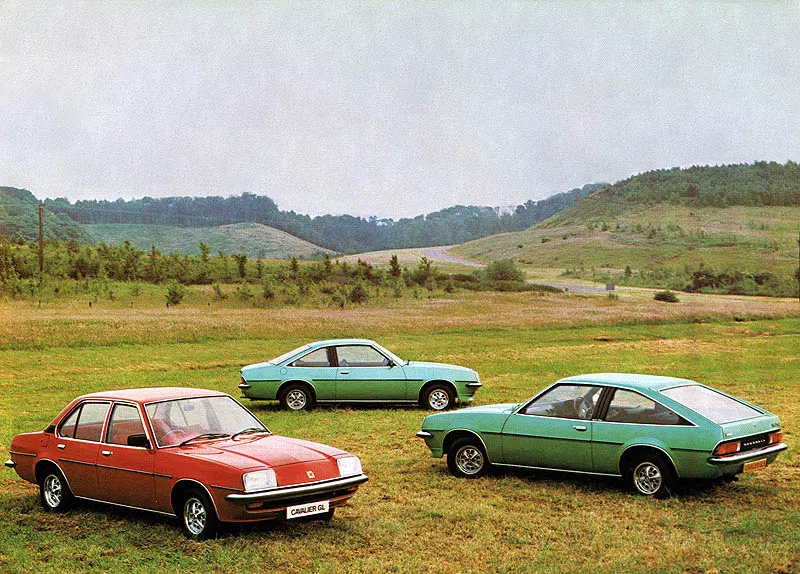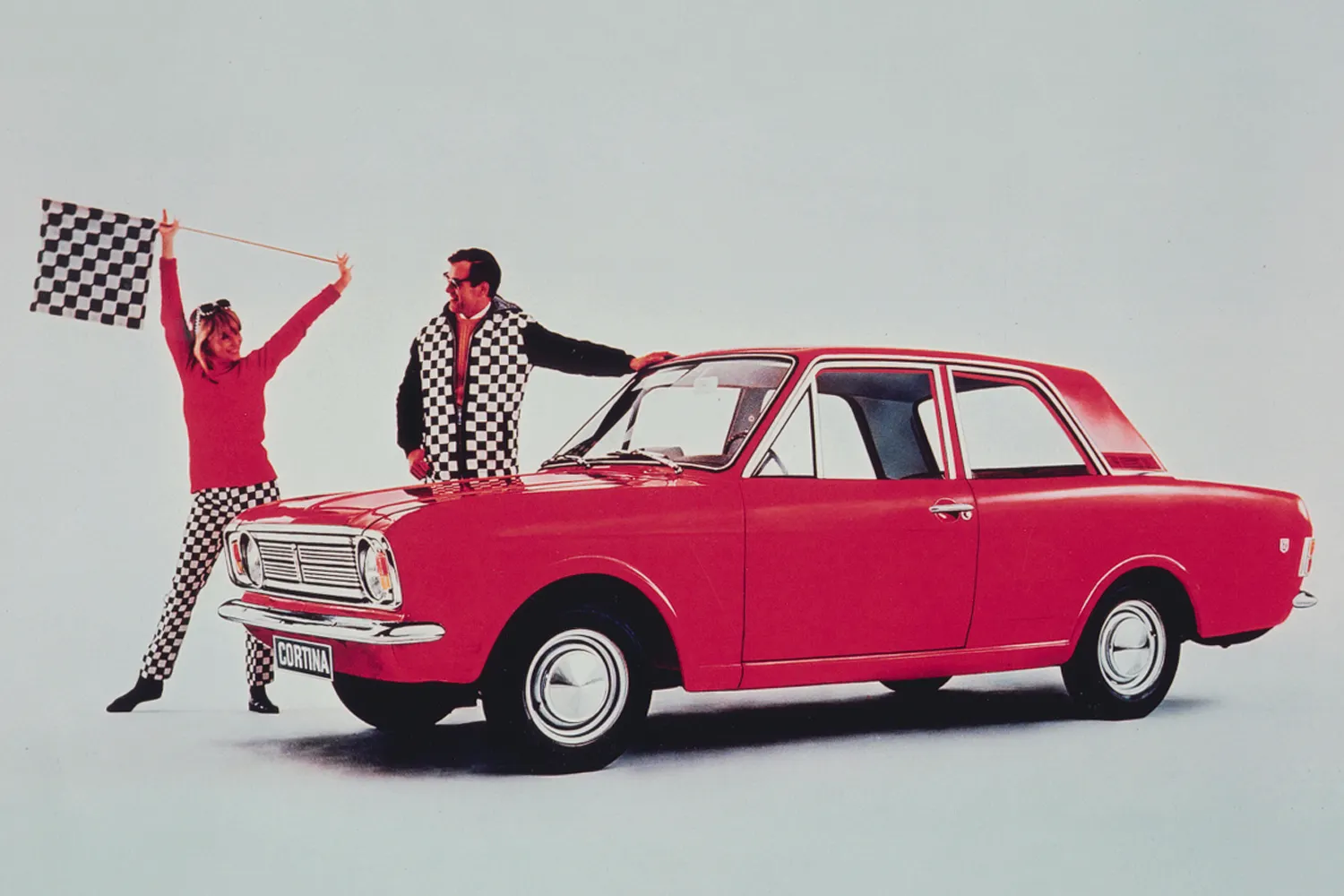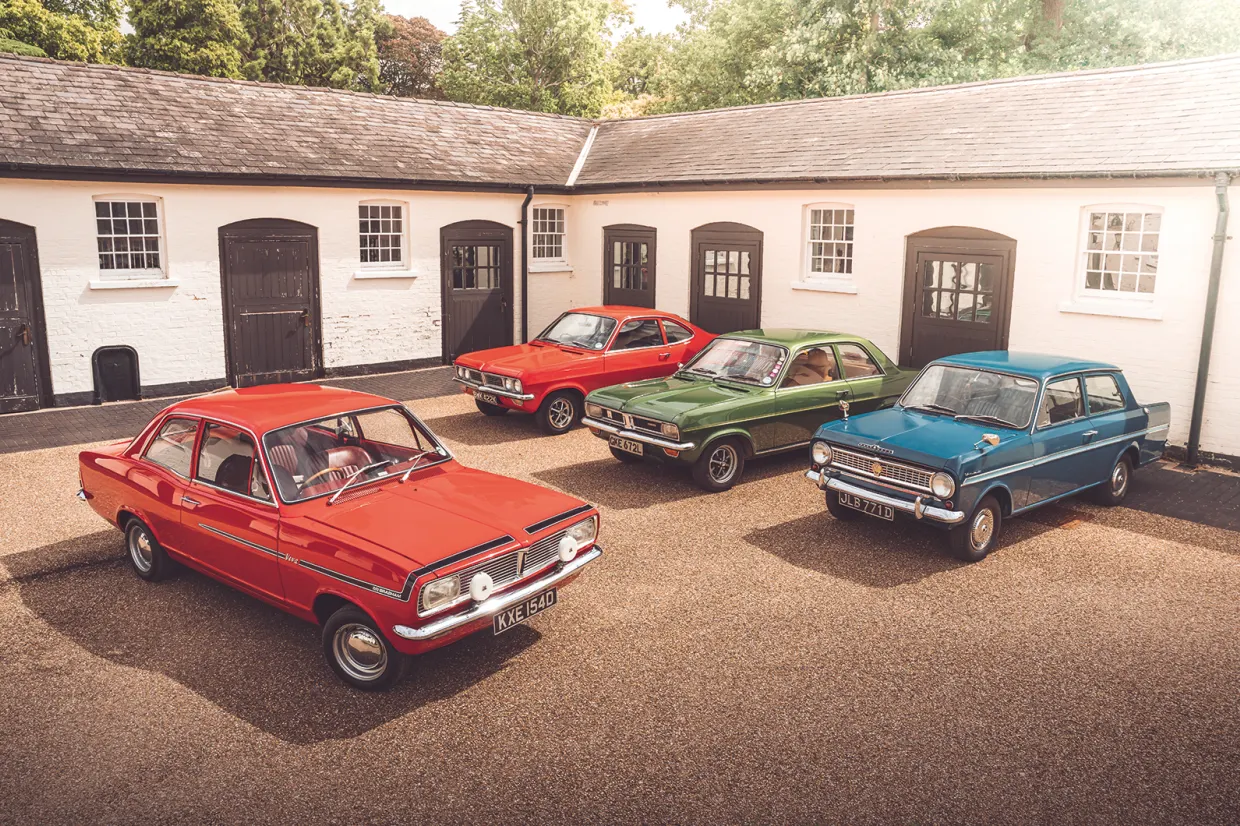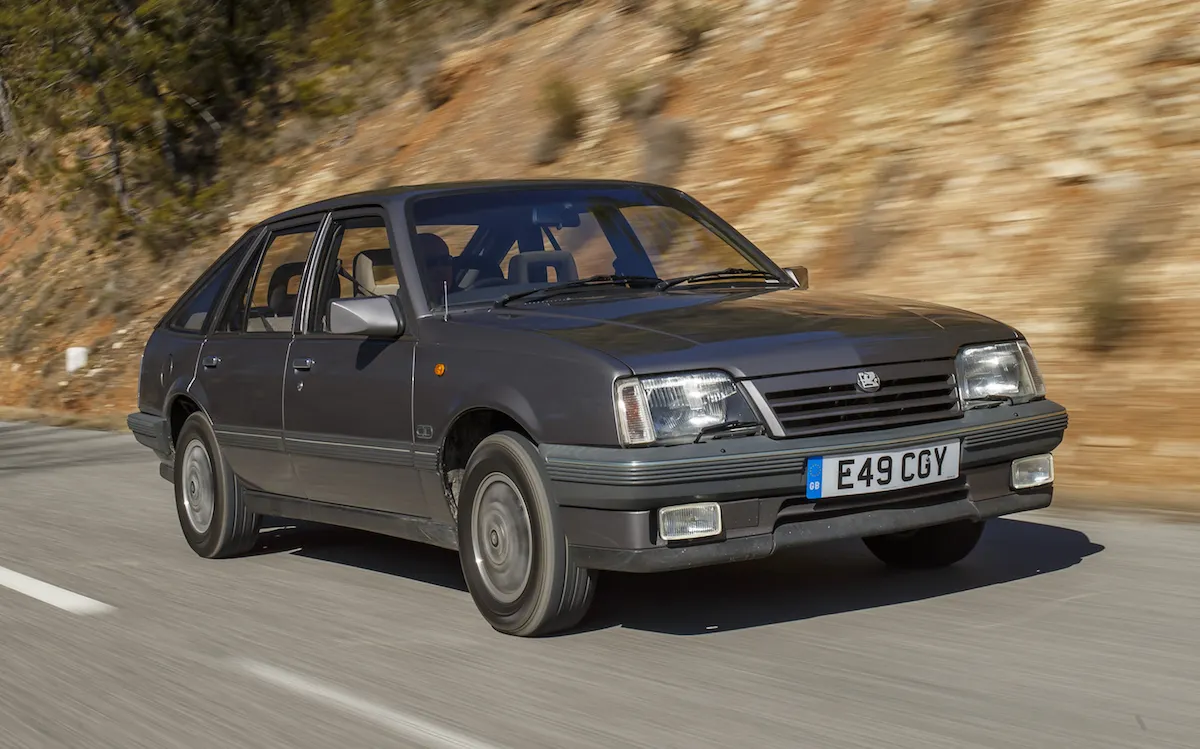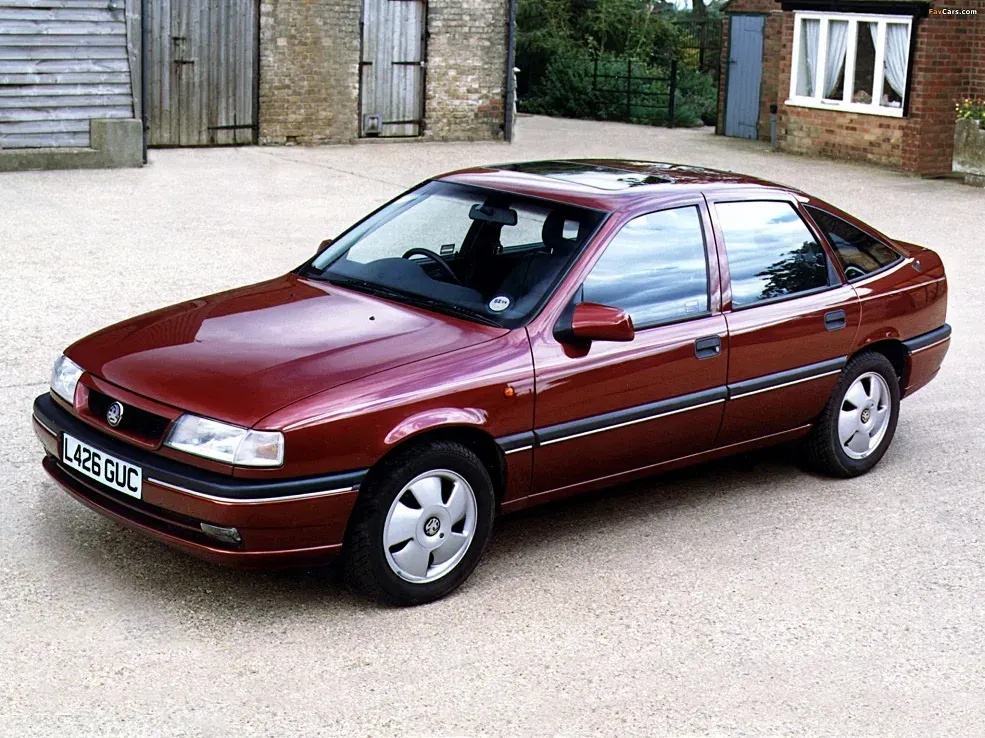The War for the Driveway

For thirty years, Britain was quietly divided by the most middle-class civil war imaginable. You were either a Ford family or a Vauxhall family, and everyone knew which camp you belonged to the moment you reversed out of your garage. It was a rivalry that split office car parks and defined suburban dinner party conversations. More than brand loyalty, it was a statement about the sort of person you were, or at least the sort of person you wanted your neighbours to think you were.
The Philosophical Divide
Ford built cars for people who wanted to get from A to B without making a fuss about it. When the Cortina launched in 1962, the advertising showed a man in a sensible mac standing next to a sensible car. No mention of performance, no mention of glamour. Just a motor car that would get you to work and back without incident. The price was £639, which put it within reach of bank managers and successful tradesmen without making either group feel they were reaching too far.
Vauxhall pitched the Victor at £683. The extra forty quid bought you an American-style panoramic windscreen that wrapped around the corners like something from a Chevrolet, and enough chrome to catch the light from three streets away. It wasn't American money, but it suggested you might have opinions about what Americans were doing with their motor cars. In many postcodes, that suggestion was worth the price difference.
The Sensible Juggernaut
The Cortina's 1.5-litre engine produced 59 horsepower, which was enough to cruise at 70 on the motorway without screaming too much or falling over. By 1966, Ford was building a quarter of a million of them annually. Every major update brought the same philosophy: a bit more refinement, a bit more equipment, nothing that would alarm the neighbours. The Mark II looked like a slightly tidier Mark I. The Mark III looked like a slightly more modern Mark II. Evolution, not revolution.
The Victor FB had a 1.6-litre engine with slightly more power, though Vauxhall never shouted about the figures. What they did shout about was the space, the ride quality, and those sweeping lines that made the Ford look like it had been designed by a committee of accountants. Which, to be fair, it probably had been. When Vauxhall replaced it with the FC and then the FD, each one looked more transatlantic than the last, as if Detroit was slowly colonising Luton one chrome strip at a time.
The Sporty Pretenders
By the late 1960s, both companies realised that young men with disposable income wanted something that looked less like their father's company car. Ford's answer was the Capri, launched in 1969 with the tagline "The car you always promised yourself." It had a long bonnet, fastback styling, and came in colours called Ermine White and Sebring Red. You could have a tiny 1.3-litre engine that struggled to pull away from traffic lights, or a 3-litre V6 that made a glorious noise. Either way, you looked like you might do something interesting at the weekend.
Vauxhall countered with the Firenza, which had similar intentions but never quite the same swagger. It was perfectly competent, reasonably quick in the right specification, and sold to people who wanted to look sporty without being obvious about it. The problem was that "not being obvious about it" isn't what sells sports coupes to young men. The Capri outsold it comprehensively, which must have been galling for Vauxhall.
Rally Bred, Reluctantly
The Escort arrived in 1968 as transport for secretaries and junior salesmen. Nothing exciting, nothing flash. Then Ford's competition department fitted a twin-cam engine, stiffened the suspension, and handed one to Roger Clark. In 1972, Clark drove it to victory in the RAC Rally, beating Porsches and Alpines and various exotic machinery that cost three times what an Escort did.
The rally car made roughly twice the power of the showroom version. More importantly, it made the showroom version suddenly interesting to people who'd never considered buying a Ford. While the marketing department was photographing young couples outside their first terraced house, the motorsport division was hurling Escorts through Finnish forests at speeds that would have terrified the marketing department.
Vauxhall's small car was the Viva, which went through several generations of being perfectly pleasant without ever threatening to be exciting. When they finally tried to make it sporty with the HS and later the Chevette HS, they discovered that adding stripes and a bigger engine wasn't quite the same as having a rally pedigree. The Chevette sold well enough to people who wanted economical transport, but nobody was throwing them through rally stages.
The Executive Battle
While the middle classes were choosing between Cortinas and Victors, those a few rungs up the ladder faced their own dilemma. Ford's Granada arrived in 1972 as transport for senior managers who couldn't quite justify a Jaguar. It was large, comfortable, and came with enough wood and leather to suggest you'd done well for yourself. The top model had a 3-litre V6 that made a pleasant noise and shifted the Granada's considerable bulk with reasonable authority.
Vauxhall's equivalent was the Carlton, which maintained the company's tradition of looking vaguely American while being thoroughly British underneath. It had generous equipment levels and that sense of being slightly more special than a Ford, which justified the slightly higher price to people who needed that justification. The rivalry at this level was less fierce than in the Cortina market, probably because both sets of buyers had bigger concerns than what the neighbours thought.
The Sierra Catastrophe
In 1982, Ford replaced the Cortina with a car that looked like it had arrived from 1995. The Sierra had genuinely advanced aerodynamics - low drag, flush glass, smooth underbody. The problem was looking advanced. In Britain, looking different was roughly as comfortable as turning up to a wedding in the funeral clothes.
Customers walked into Ford showrooms, saw the Sierra, and walked out again. Some drove to the nearest dealer who still had Cortinas. The Sierra sold well enough that Ford stayed in business, but the Cortina had been shifting 200,000 units annually in its final years. The Sierra never matched that. British buyers had spoken: they wanted a car that looked like a car, not like a wind tunnel experiment.
Vauxhall watched this unfold and launched the Cavalier. Three boxes: bonnet, passenger compartment, boot. Exactly what a saloon car should look like. The advertising barely needed to say anything beyond "this is a normal car for normal people who don't want to explain their automotive choices to the neighbours." For several years, being conventional was Vauxhall's greatest asset. They also had the Astra competing with the Escort, offering the same philosophy of looking reassuringly familiar while Ford was trying to convince people that jelly-mould shapes were the future.
The Long Armistice
By 1993, both companies had surrendered. The Mondeo replaced the Sierra, the Vectra replaced the Cavalier, and neither car had any character beyond "internationally acceptable saloon." They were designed by committees who'd never heard of the Ford-Vauxhall rivalry and wouldn't have understood it if they had. Focus groups in five countries had smoothed away anything that might have suggested British social anxiety or suburban one-upmanship.
What remained was memory. The memory of when your car choice declared something about you, when the badge on your bonnet said as much about your aspirations as the address on your letterhead. It had been a peculiarly British sort of warfare: polite, understated, fought entirely through the medium of door handles and levels of interior trim.
The rivalry had revealed something about the British character that probably didn't need revealing. People who were rarely comfortable with success, but expert at calibrating exactly how uncomfortable they wanted to appear while achieving it. For thirty years, you could measure that calibration in forty pounds, a bit of extra chrome, and which car you washed on your driveway on a Sunday afternoon.

